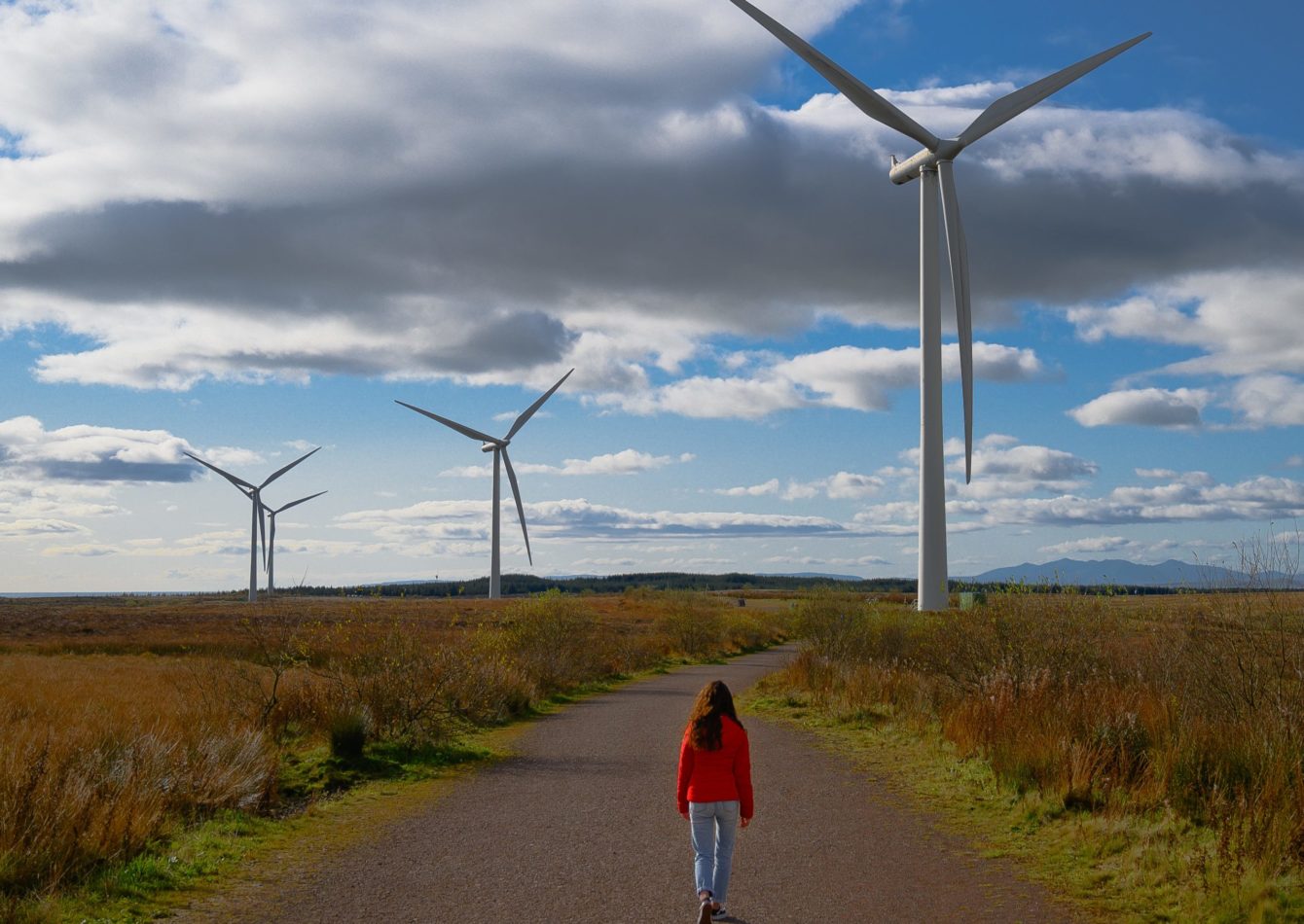Before the Flood, Getting Out of Florida
I spoke with my friend Robin this week. Robin lives in Miami Shores, a mostly upper-middle class neighborhood located in Miami Dade county. It’s near the causeway that takes you to the beach. Robin was born on Miami Beach; she’s a native.
On our call, Robin recounted a conversation she recently had with a friend who lives on Miami Beach. Both had seen Leonardo DiCaprio’s Before the Flood documentary on the National Geographic channel.
A central focus of this documentary was sea level rise and its impact on Miami. The documentary scared Robin and her friend enough to start thinking about selling their homes and moving to higher ground. For Robin, that higher ground was in Asheville, NC. She told me her home was paid for, and should the real estate market crash due to a mass exodus caused by sea level rise, she could lose big. She didn’t want to be a climate refugee. Robin wanted to know my opinion.
I’d also lived most of my life in South Florida. Although I’d been talking about leaving for much longer, I finally sold my home and made my exit five years before. Due to overpopulation and unsustainable growth management, South Florida is a textbook example of overshoot and what I saw as an inevitable collapse. This is being hastened on by climate change and the already rising sea. And to add a cherry on top of the feeling of impending doom, the geology of South Florida is porous limestone, making the coastline indefensible. You can build a sea wall, but the sea will still rise up from below your feet.
I shared my thoughts with Robin. Across history, sea level rise has been non-linear. Climate impacts have been mostly worse than predicted; feedback loops could amplify these impacts. And before they have an epic flood in their front yards, Robin and her neighbors will have other problems to contend with that will make the southern end of Florida unpleasant to live.
One that should be of concern is salt water intrusion into the drinking water aquifer. You can’t drink salt water. Desalinization is both costly and energy intensive, and probably not feasible to do on such a large scale.
Another to consider is the sewer. When I lived in Broward, the magic number floated around the county climate change task force was 18 inches of sea level rise to inundate the sewer system.
So, in my opinion, Robin was reasonable to consider that her real estate investment (now still a hot commodity) might decline in her lifetime. Yes, I agreed with her. Start downsizing, get the house on the market, and get the exit plan in place now while she was still in control. Robin wasn’t wasting any time. She intended to complete her move in 2017. I’m sure she’s not alone.
And although Robin’s situation is not unique, she is fortunate in that she has resources that allow her to proactively move to higher ground. Around the world, many people will not have that opportunity. We are likely to see massive migrations of climate refugees this century.
And just thinking about that scenario is both tragic and overwhelming. We are past the time to put a price on carbon that will allow us a smooth transition to a new energy economy. But as they say, better late than never.



